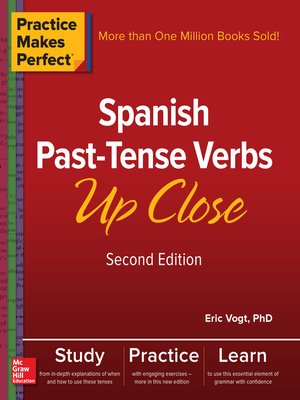


The preterit emphasizes the start and finish of an action: The class began, the movie ended, the practice session wrapped up. The speaker’s emphasis is on the middle, or the process while the event was happening. In a nutshell, the imperfect tense describes one of two things: 1) what was going on or what was happening at the time, and 2) the repetitive, cyclical past, describing the way things were or how things used to be. The other non-compound tense used in Spanish to cover the basic past in English is the imperfect. The simple preterit indicative in Spanish is used when you merely state what happened at a particular point and time, emphasizing that the event is over. Talking about what happened in Spanish without using compound tenses is divided into the preterit indicative and the imperfect indicative.

Think of the simple past in terms of preterit (preterite) and imperfect. These include the preterit, imperfect, past progressive, present perfect, and past perfect. When you use the past in English to describe events that happened, to say the same thing in Spanish you could be using any of several indicative past tenses in Spanish, including compound tenses. Spanish uses several tenses to state facts. But it’s time you know it: The Past Tense in Spanish has many faces: simple preterit, past progressive, present perfect… So, read on to learn about the best way to learn the Spanish past tense as a beginner. It’s a major milestone as you become proficient in another language, allowing you to talk about past events and make a more personal connection with your conversation partner. And now you can’t wait to learn the past tense in Spanish. So, you’re learning Spanish in Costa Rica, and you’ve gotten the basics of the present tense down.


 0 kommentar(er)
0 kommentar(er)
